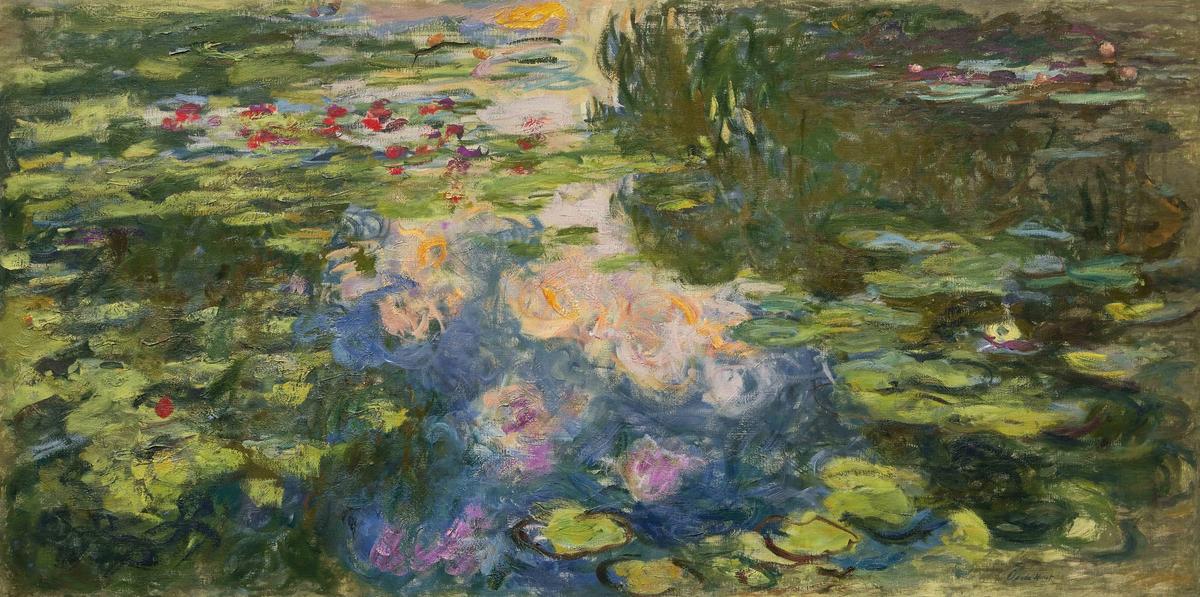Oliver Barker deserves a few days off.
Sotheby’s contemporary art evening auction last night must have felt like the mid-point of an ultra-marathon for the seasoned auctioneer, who due to travel restrictions was conducting the New York auctions from London—in the middle of the night.
Basquiat tops contemporary art sale—again
Having just completed the Anne Marion collection sale, and with two more to go, Barker began the contemporary auction with Elizabeth Peyton’s David Bowie (2012), which saw a flurry of bids from the start, leaping from $300,000 to $1m in under 10 seconds. “Let’s dance,” Barker quipped as the voices in the room began to collide with each other. The price settled on $2m (with fees), a full million over the high estimate and an energetic start to the sale.
The tempo remained brisk for the following few lots. Raymond Pettibon’s engrossing No Title (Deeper above all...) (2011) sold for $2.6m (including fees), and The Arrival (2019), by Salman Toor, which wistfully depicts one man welcoming another at a doorway, went beyond expectations, hammering at $867,000 (with fees), over ten times its high estimate. Lahore-born, New York-based Toor's first institutional solo show has just closed at the Whitney Museum of American Art.
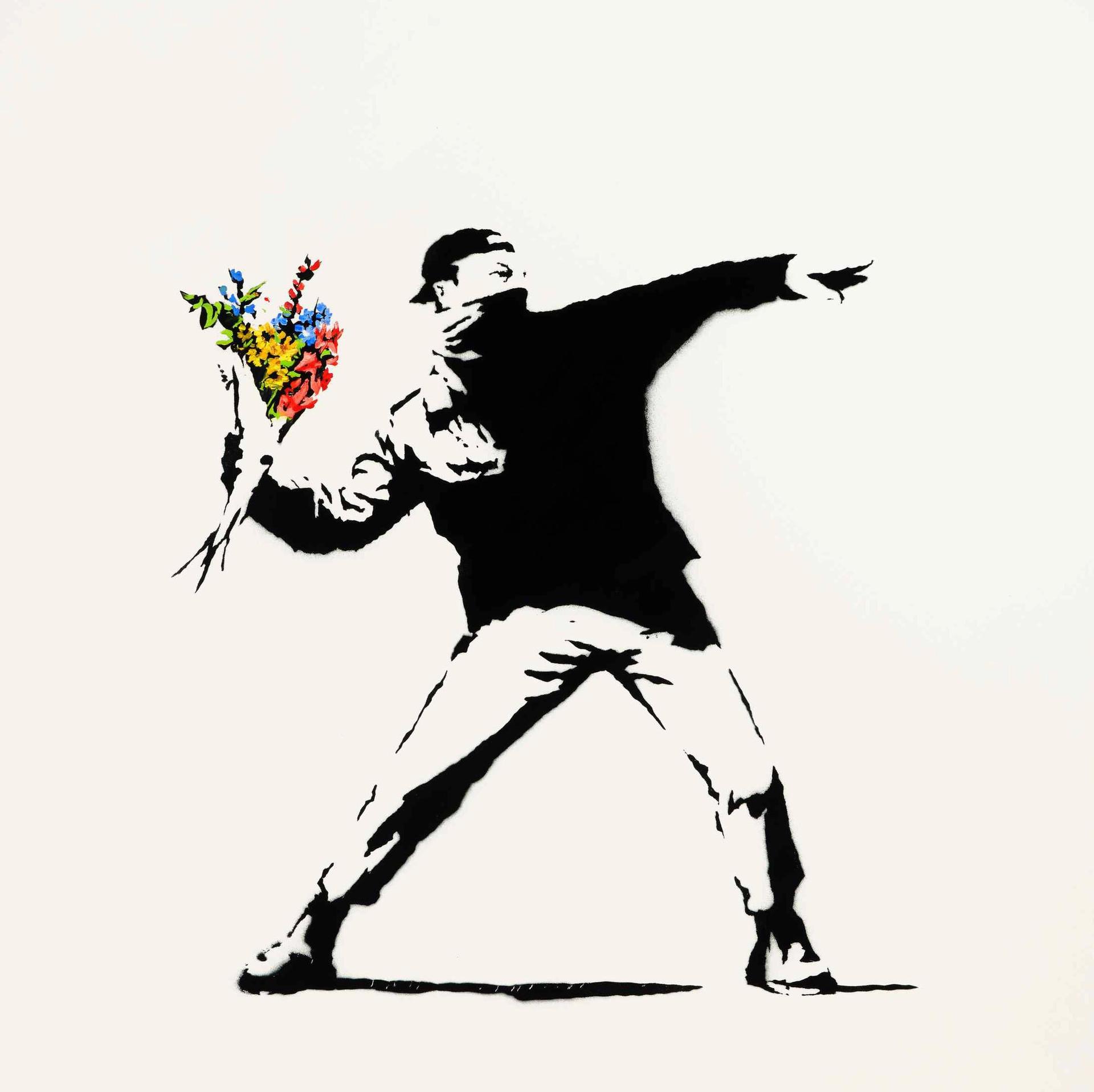
Banksy's Love is in the Air Courtesy of Sotheby's
Then came Banksy’s Love is in the Air (2005). Bidding began around $3m and rose quickly to $5m, but the room grew heavy during a 14-minute bidding war (or rooms, as this was a bout between phone bidders in Hong Kong and New York). After the $7m mark bidding increased slowly between the two main contenders in $100,000 increments, then down to $50,000. “Jackie, I’m going to have to have a word with your phone bidder,” Barker said to New York from his London command centre. Eventually, Barker refused to take $50,000 bids and the picture sold to the New York phone bidder. This was the first physical work of art for which Sotheby's accepted crypto currencies as payment, and it sold for $12.9m (including fees), easily surpassing its $5m high estimate.
Following the Banksy was a much-lauded 1982 Basquiat, Versus Medici, estimated between $35m and $50m. At Christie’s earlier this week Basquiat’s mind melting In This Case (1983) sold for $93.1m including fees, piling the pressure on Versus Medici to match or surpass the 2017 sale of Untitled (1982), which went for $110m. And while it is a good picture from the right year, expectations may have been too high—it sold for $50.8m (including fees), a whisper above its high estimate of $50m.

Jean-Michel Basquiat's Versus Medici 2 Courtesy of Sotheby's
On the other hand, Robert Colescott’s George Washington Carver Crossing the Delaware: Page from an American History Textbook (1975), had a tremendous evening, selling for $15.3m (with fees), $3m over its high estimate and confidently brushing away the artist’s previous auction record of $912,500 by more than 16 times. The picture went to the Lucas Museum of Narrative Art, which is due to open in Los Angeles in 2023 and was founded by the film-maker George Lucas and his wife, the investment executive Mellody Hobson. The museum recently acquired an archive relating to Judith F. Baca’s mural The History of California (1976-84), better known as The Great Wall of Los Angeles.
Sotheby's contemporary evening sale was 100% sold by lot and totalled $218.3m, easily surpassing its $194.3m high estimate.
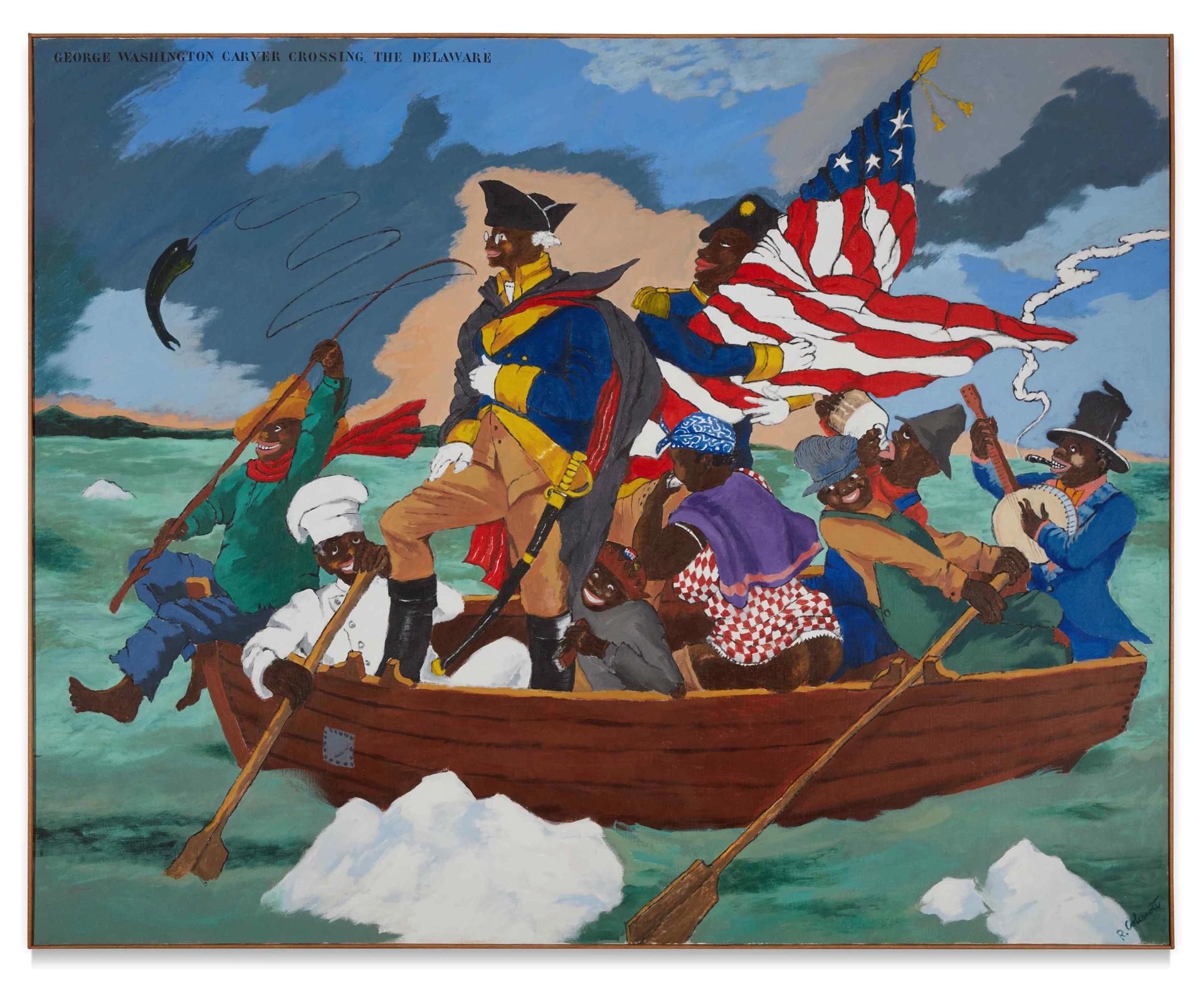
Robert Colescott's George Washington Carver Crossing the Delaware—Page from an American History Textbook Courtesy of Sotheby's
Impressionist and Modern art
Immediately following was the Impressionist and Modern art evening sale, which featured pieces by auction staples such as Monet, Cézanne and Picasso, but—true to form at the moment—lacked the energy of the contemporary sale.
Monet’s Le Bassin aux nymphéas (1917-19)—one of the better waterlily studies which sold for $16.8m when it was last at auction in 2004 at Sotheby's—sold for $70.4m (with fees), placing it within the top five prices Monet has reached at auction. Two more paintings by the artist were offered last night too—Fleurs dans un pot (Roses et brouillard) (1878) and La Seine à Lavacourt, debacle (1880). The first , a chintzy still life, sold to an Asian buyer for $10.4m (with fees) while the second, an eerie depiction of an ice-covered Seine, failed to sell.
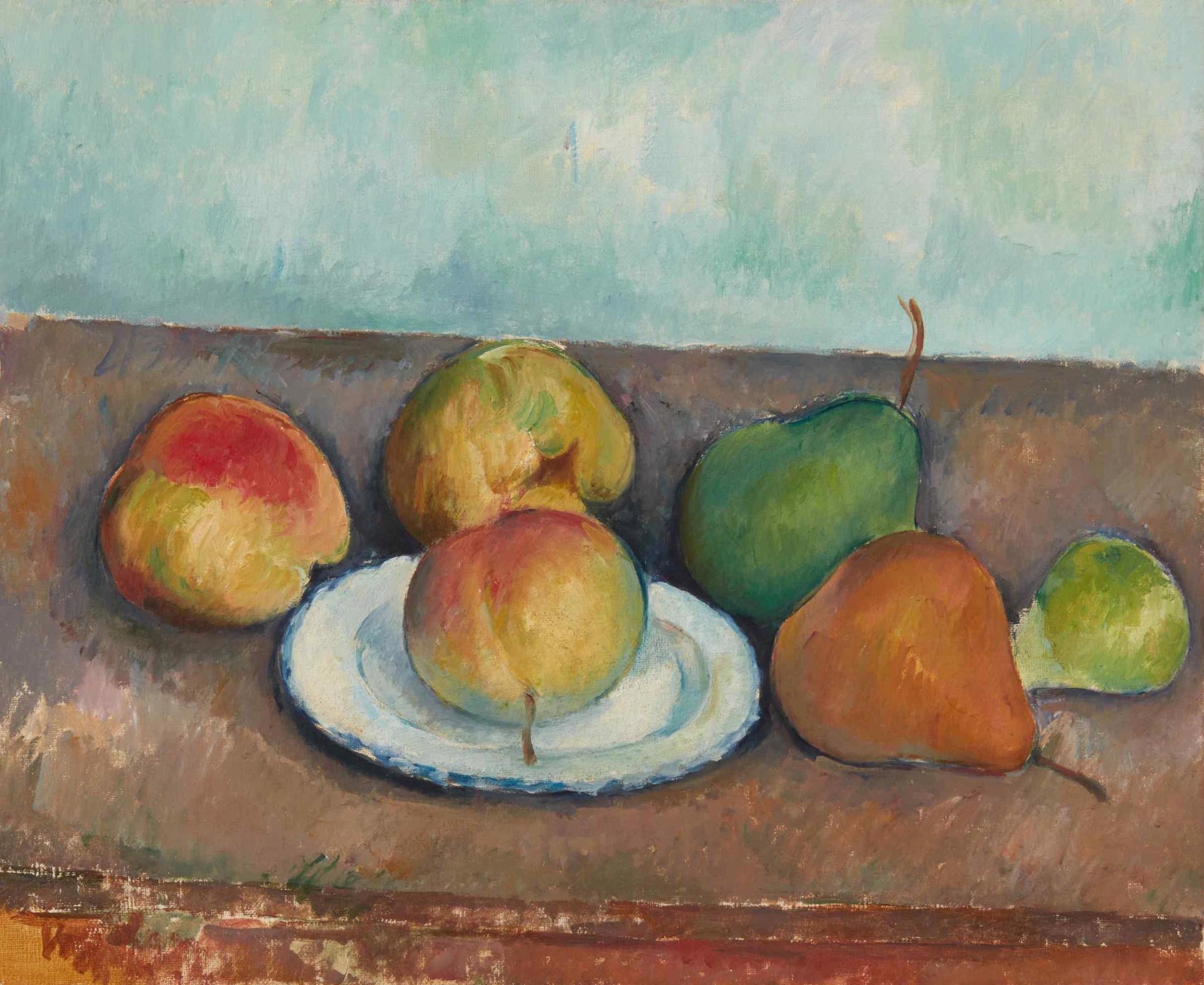
Paul Cezanne's Nature morte pommes et poires Courtesy of Sotheby's
Cézanne’s classic still life Nature morte: pommes et poires (1888-90) sold for $19.9m (with fees), below its $25m to $35m estimate—the reserve must have been on the low side as it was not guaranteed. The picture, which was being sold as part of the collection of the late Campbell Soup heir, Tristram Colket, who died last July, last sold at auction for $8.7m at Sotheby’s New York in November 2003.
A powerful self-portrait, Autoportrait au scorpion (1938), by Leonor Fini rounded out the final sale’s highlights, more than doubling the Argentine-Italian artist's world record at auction and the high estimate when sold for $2.3m (with fees)—to an Asian buyer.
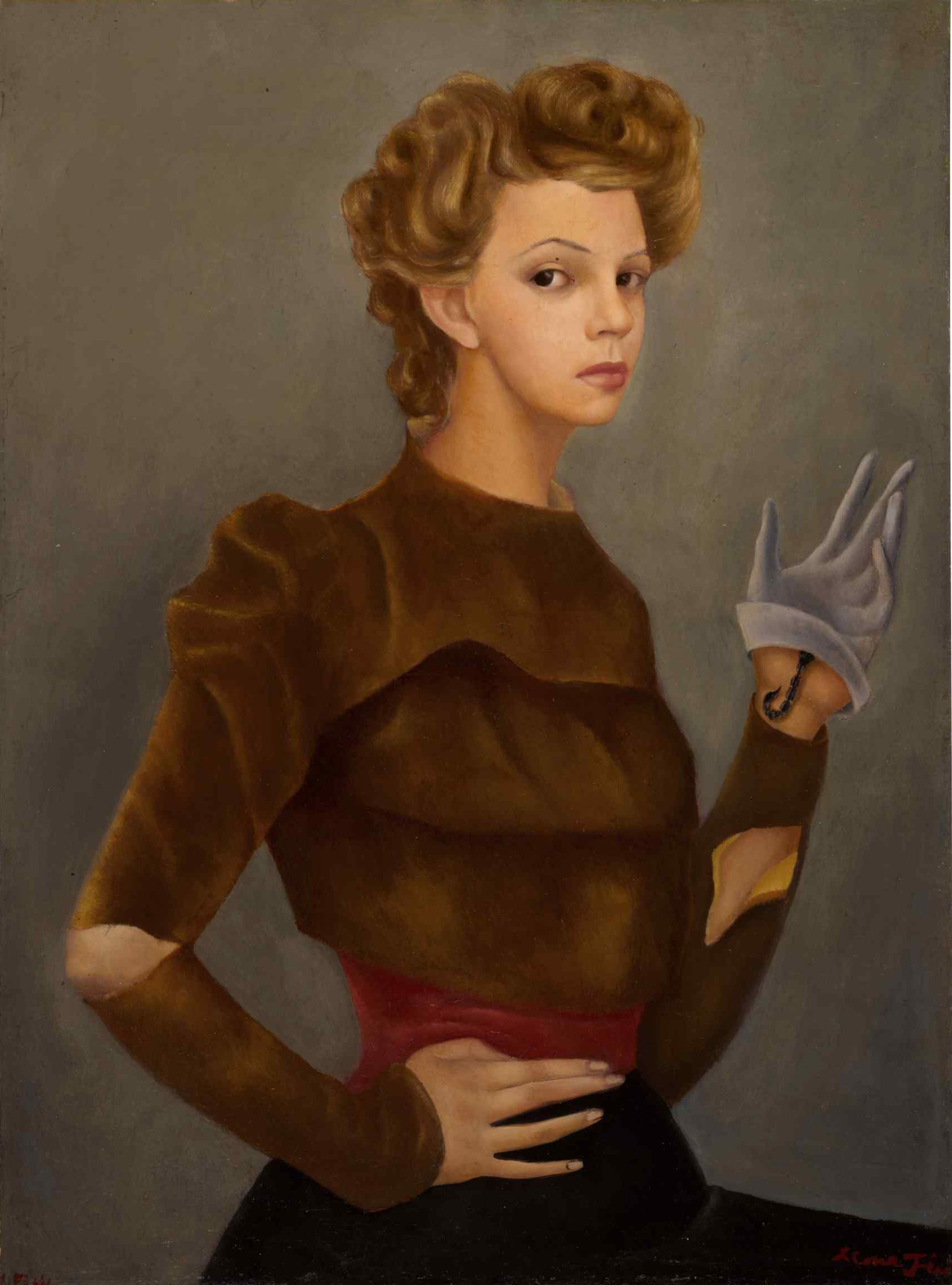
Leonor Fini's Autoportrait Au Scorpion Courtesy of Sotheby's
“Tonight we took the pulse of the market—and it is clearly racing, with collectors from across the globe coming out in full force for the entire spectrum of 20th and 21st century art,” said Brooke Lampley, Sotheby’s chairman and worldwide head of sales for global fine art, after the sale.
The market in New York has sprung back to life, and if Frieze’s return last week was not enough proof, Sotheby’s invited 50 guests to watch (and, of course, bid on) the auction in person, in addition to live feeds from London, Honk Kong and New York. Bidders from 43 countries took part (with strong Asian buying across the sales), while 1.7m people watched on their sofas and iPhones. The world's art market has its eyes trained on New York as a post-pandemic bellwether, and the outlook so far is a pretty rosy one—if you're selling the right stuff.


